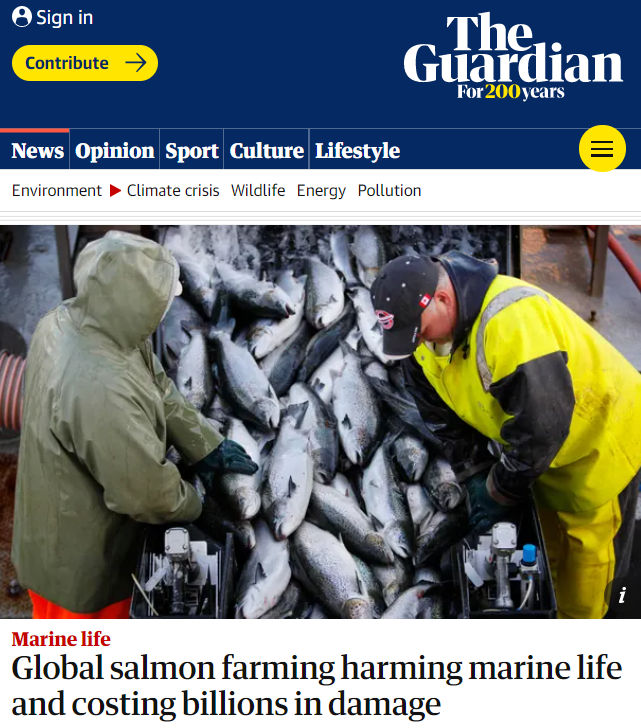 Sjókvíaeldi á laxi skaðar náttúruna og veldur hundruða milljarða tjóni á heimsvísu segir í niðurstöðum nýrrar skýrslu sem var birt í dag.
Sjókvíaeldi á laxi skaðar náttúruna og veldur hundruða milljarða tjóni á heimsvísu segir í niðurstöðum nýrrar skýrslu sem var birt í dag.
Með vaxandi umfangi verður tjónið sífellt meira. Ekki aðeins á umhverfinu og lífríkinu heldur líka á eldisdýrunum sem drepast nú í margfalt hærra mæli í kvíunum en áður fyrr.
Laxeldið notar gríðarlega mikið af fiskimjöli sem er gert úr fiski sem annars væri hægt að fæða heiminn með á mun árangursríkari hátt.
The Guardian birtir sláandi samantekt úr skýrslunni.
„Salmon farming is wreaking ruin on marine ecosystems, through pollution, parasites and high fish mortality rates which are causing billions of pounds a year in damage, a new assessment of the global salmon farming industry has found.
Taken together, these costs amounted to about $50bn globally from 2013 to 2019, according to a report published on Thursday.
Fish mortality has more than quadrupled, from 3% in 2002 to about 13.5% in 2019, in Scottish salmon farms alone. About a fifth of these deaths are recorded as being due to sea lice infestations, but about two thirds are unaccounted for so the real mortality owing to sea lice – which feed on salmon skin and mucus, effectively eating the fish alive – could be much higher. …
The sheer quantity of wild fish used in salmon farms is also a growing concern. About a fifth of the world’s annual wild fish catch, amounting to about 18m tonnes of wild fish a year, is used to make fishmeal and fish oil, of which about 70% goes to fish farms. This is causing problems for fishers in developing countries, who are seeing their stocks depleted in order to feed western consumption of farmed fish, according to the report. …
The report also examined the salmon farming industry in Canada, Norway and Chile, the other biggest global producers. It found that of the costs associated with fish farming, about 60% were borne by the producers, especially in the form of fish mortality and the cost of treating sea lice, but about 40% of the costs were borne by wider society, for instance in pollution, loss of fish populations and the impacts on the climate crisis.“
